Introduction to Talking Parrot Birds
Understanding Parrot Communication
Parrots are renowned for their exceptional ability to mimic human speech, but their communication skills go far beyond mere imitation. These intelligent birds use vocalizations, body language, and even facial expressions to convey their thoughts and emotions.
The Appeal of Talking Parrot Birds as Pets
The allure of owning talking parrot birds as a pet is undeniable. Their entertaining antics, vibrant plumage, and the prospect of holding conversations with a feathered friend make them popular companions for bird enthusiasts worldwide.
12 Talking Parrot Birds:
1. African Grey Parrot: The Einstein of the Avian World
Exceptional Talking Abilities
The African Grey Parrot is often hailed as the Einstein of the avian world due to its unparalleled talking abilities. These remarkable birds possess an impressive vocabulary and can mimic human speech with astonishing accuracy.
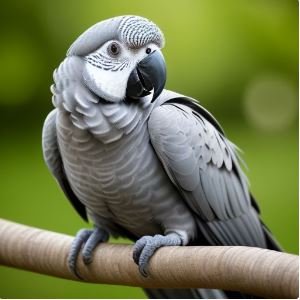
Unique Personality Traits
Beyond their linguistic prowess, African Grey Parrots are known for their intelligence, curiosity, and affectionate nature. They form strong bonds with their human caregivers and thrive on mental stimulation and social interaction.
2. Amazon Parrot: Masters of Mimicry
Diverse Species and Their Vocal Talents
The Amazon Parrot encompasses a diverse range of species, each with its own unique vocal talents. From the vibrant plumage of the Yellow-headed Amazon to the striking vocalizations of the Blue-fronted Amazon, these birds captivate with their mimicry skills.
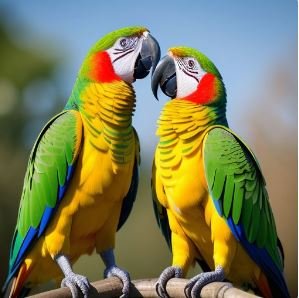
Tips for Training Amazon Parrots to Talk
Training an Amazon Parrot to talk requires patience, consistency, and positive reinforcement. By using repetition, rewards, and interactive play, owners can encourage their Amazon Parrots to develop an extensive vocabulary.
3. Eclectus Parrot: A Colorful Conversation Companion
Vibrant Plumage and Vocal Prowess
The Eclectus Parrot is renowned for its stunningly vibrant plumage and melodious vocalizations. These visually striking birds possess a unique ability to mimic sounds and speech patterns, delighting their human companions with their vocal prowess.
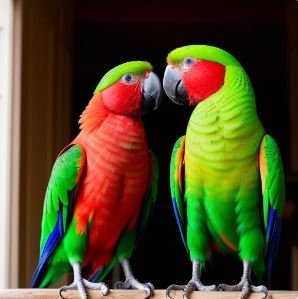
Creating a Stimulating Environment for Eclectus Parrots
To encourage speech development in Eclectus Parrots, owners should provide a stimulating environment rich in auditory and visual cues. Interactive toys varied vocal stimuli, and positive reinforcement can help these birds reach their full talking potential.
4. Budgerigar: Tiny Titans of Talk
Budgie Basics: Talking Traits and Temperament
Budgerigars, commonly known as budgies, are tiny yet formidable talkers. Despite their small size, these energetic birds boast a remarkable capacity for mimicry and can learn to mimic a wide range of sounds, including human speech.
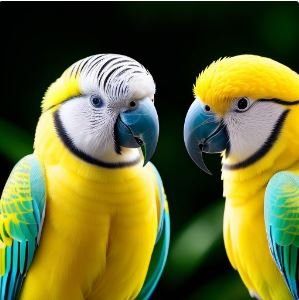
Teaching Budgies to Speak: Methods and Challenges
Training a budgie to talk requires patience, consistency, and a deep understanding of their behavior. By using repetition, positive reinforcement, and vocal modeling, owners can help their budgies develop impressive speaking abilities.
5. Cockatoo: Charismatic Chatterers
Sulfur-crested vs. Umbrella Cockatoos: Talking Styles Compared
Sulphur-crested and Umbrella Cockatoos are among the most charismatic chatterers in the parrot world. While both species have distinct vocalizations, they share a penchant for mimicry and can learn to talk with proper training and socialization.
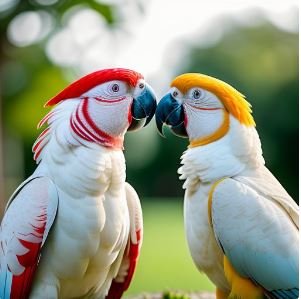
Socialization and Speech Development in Cockatoos
Socialization plays a crucial role in the speech development of Cockatoos. By providing ample opportunities for interaction, exposure to new sounds, and positive reinforcement, owners can nurture their Cockatoos’ verbal skills.
6. Indian Ringneck Parakeet: Melodious Mimics
The Melodic Charm of Indian Ringneck Parakeets
Indian Ringneck Parakeets are celebrated for their melodious vocalizations and striking plumage. With their sweet, flute-like tones, these charming birds enchant listeners and make delightful companions for those seeking a talking parrot.
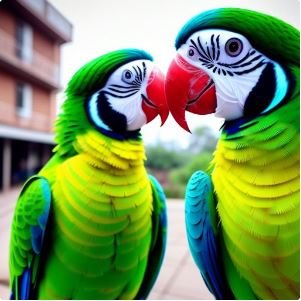
Nurturing Speech in Ringneck Parakeets: Dos and Don’ts
To encourage speech in Indian Ringneck Parakeets, owners should create a supportive environment conducive to learning. Regular interaction, positive reinforcement, and exposure to varied sounds can aid in the development of their vocal abilities.
7. Quaker Parrot: The Vocal Virtuosos
Quaker Parrot Personality: Talkative and Tenacious
Quaker Parrots, also known as Monk Parakeets, are renowned for their talkative nature and tenacious spirit. These sociable birds thrive on human interaction and eagerly engage in vocal communication with their owners.
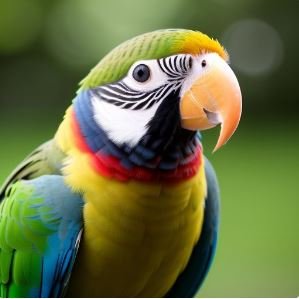
Training Quaker Parrots to Speak: Best Practices
Training a Quaker Parrot to talk requires patience, consistency, and a nurturing approach. By incorporating repetition, positive reinforcement, and interactive play, owners can help their Quaker Parrots become accomplished talkers.
8. Macaw: Majestic Talkers of the Jungle
Exploring the Diverse Macaw Species and Their Vocal Abilities
Macaws are among the most majestic talkers of the jungle, with a diverse range of species showcasing impressive vocal abilities. From the majestic Scarlet Macaw to the colorful Blue and Gold Macaw, these birds captivate with their vibrant plumage and melodious speech.
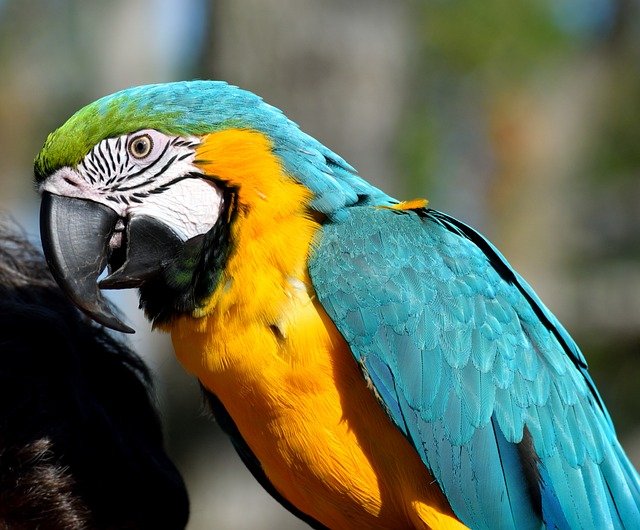
Environmental Enrichment for Macaw Speech Development
Creating an enriching environment is essential for fostering speech development in Macaws. Providing ample space, mental stimulation, and social interaction can encourage these intelligent birds to unleash their vocal talents.
9. Cockatiel: Whistle While You Talk
Whistling Wonders: Cockatiel Vocalization
Cockatiels are renowned for their whistling prowess, captivating listeners with their cheerful tunes and melodious calls. While they may not possess the same vocal range as larger parrots, Cockatiels can still learn to mimic human speech with patience and training.
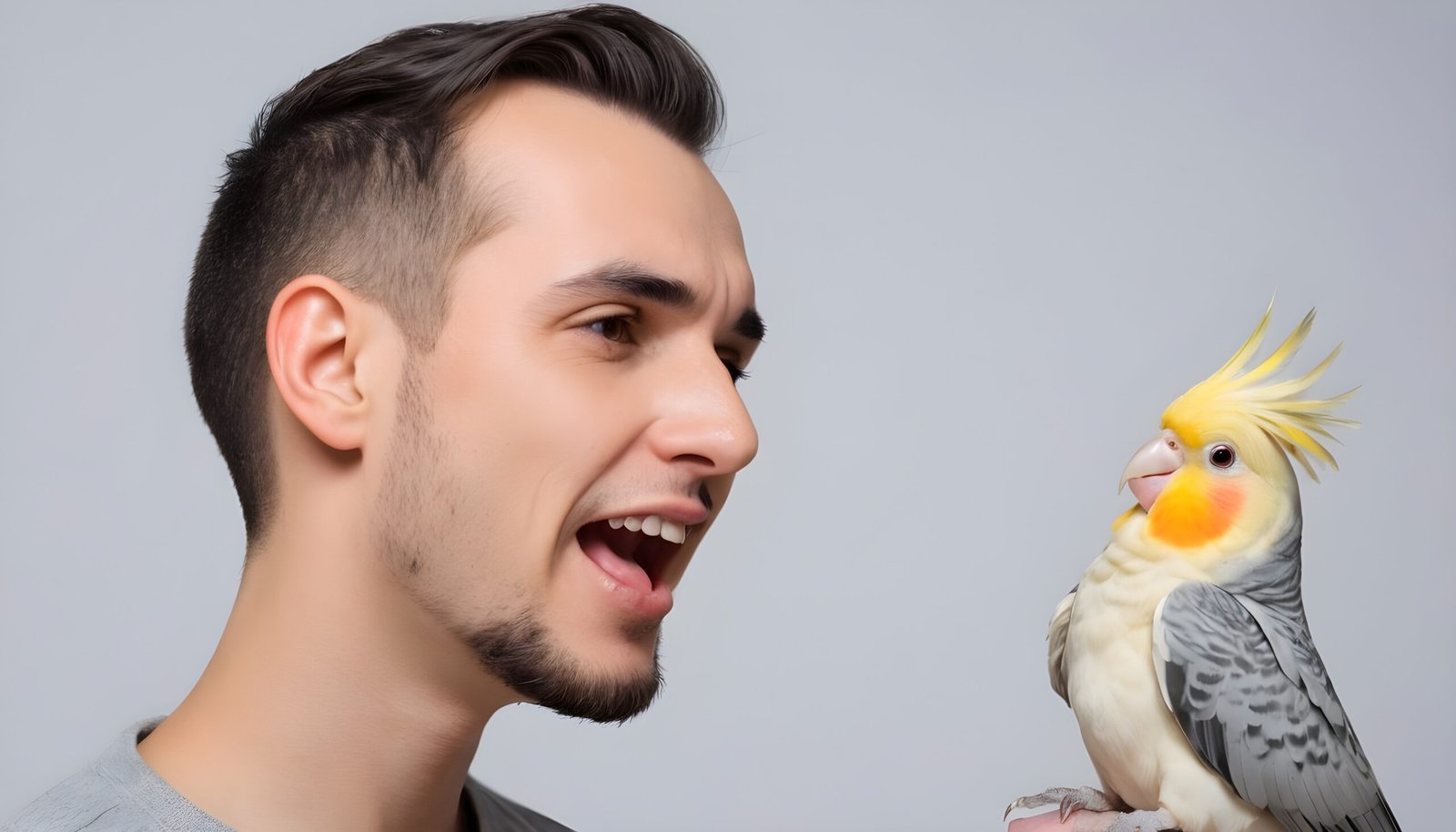
Training Cockatiels to Mimic Human Speech
Training a Cockatiel to talk requires patience, consistency, and a gentle approach. By using positive reinforcement, vocal modeling, and interactive play, owners can encourage their Cockatiels to develop basic speech skills.
10. Conure: Colorful Conversationalists
Sun Conure vs. Green-cheeked Conure: Talking Tactics
Sun Conures and Green-cheeked Conures are colorful conversationalists known for their playful personalities and vocal talents. While Sun Conures tend to be more outgoing and vocal, Green-cheeked Conures can also learn to mimic human speech with proper training.

Encouraging Vocalization in Conures through Play and Interaction
Encouraging vocalization in Conures requires a nurturing environment rich in social interaction and mental stimulation. By engaging in interactive play, providing varied vocal stimuli, and offering rewards for vocalizing, owners can help their Conures become confident talkers.
11. Senegal Parrot: Small Parrot, Big Voice
Senegal Parrot Vocalization: Surprising Strength and Clarity
Despite their small size, Senegal Parrots possess a surprisingly strong and clear voice. These intelligent birds excel at mimicking a wide range of sounds, including human speech, and can develop an extensive vocabulary with proper training.
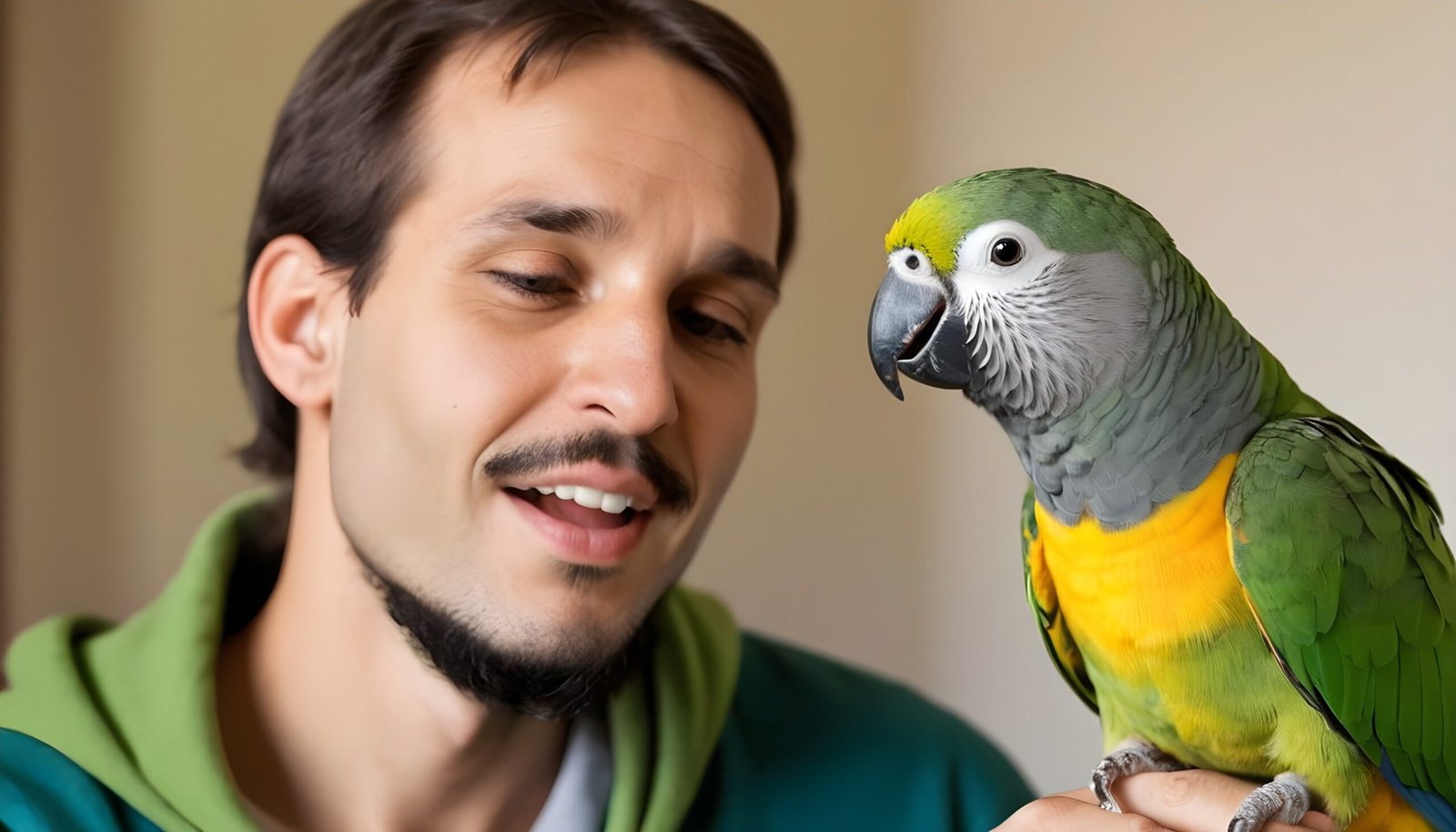
Fostering Communication Skills in Senegal Parrots
Fostering communication skills in Senegal Parrots requires patience, consistency, and a supportive environment. By providing regular interaction, positive reinforcement, and exposure to new sounds, owners can help their Senegal Parrots become proficient talkers.
12. Alexandrine Parakeet: The Eloquent Emerald
The Enigmatic Alexandrine Parakeet: Talking Traits Explored
The Alexandrine Parakeet is renowned for its eloquent speech and striking emerald plumage. These enigmatic birds possess a charming personality and a natural aptitude for mimicry, making them captivating companions for those seeking a talking parrot.

Building Trust for Effective Speech Training
Building trust is essential for effective speech training in Alexandrine Parakeets. By establishing a bond based on mutual respect and understanding, owners can create a supportive environment where these intelligent birds feel comfortable expressing themselves through speech.
Psychology of Talking Parrot Birds
The Cognitive Capacity of Parrots
Parrots possess remarkable cognitive abilities, rivaling those of primates and dolphins. Their complex brain structure enables them to learn and communicate through speech, demonstrating a level of intelligence that continues to fascinate scientists and bird enthusiasts alike.
Bonding and Communication: The Human-Parrot Connection
The bond between humans and parrots is built on mutual trust, respect, and companionship. Through shared experiences and meaningful interactions, humans and parrots forge deep emotional connections that enhance communication and strengthen their bond.
The Art of Teaching Your Parrot to Talk
Patience and Persistence: Key Ingredients for Success
Teaching a parrot to talk requires patience, persistence, and a genuine love for these intelligent birds. By establishing a consistent training routine, using positive reinforcement, and fostering a supportive environment, owners can help their parrots develop impressive speaking abilities.
Overcoming Common Challenges in Parrot Speech Training
Parrot speech training may encounter obstacles such as reluctance to vocalize, limited vocabulary, or inconsistency in speech. By addressing these challenges with patience, creativity, and perseverance, owners can overcome barriers and help their parrots reach their full talking potential.
Enriching Environment for Your Talking Parrot birds
Mental Stimulation: Toys, Puzzles, and Games
Providing mental stimulation is crucial for the well-being and cognitive development of talking parrots. Interactive toys, puzzles, and games engage their curious minds and prevent boredom, fostering a healthy environment for learning and speech development.
Socialization and Interaction: Vital for Verbal Development
Socialization and interaction play a pivotal role in the verbal development of talking parrots. Regular engagement with their human caregivers, exposure to varied sounds, and opportunities for vocal practice enhance their communication skills and strengthen their bond with their owners.
Common Misconceptions About Talking Parrot Birds
“All Parrots Can Talk”
Contrary to popular belief, not all parrots possess the ability to talk. While many species are capable of mimicking human speech to varying degrees, individual aptitude and environmental factors play a significant role in determining a parrot’s talking ability.
“Talking Parrot birds Don’t Need Social Interaction”
While talking parrot birds may excel at vocal mimicry, they still require social interaction and mental stimulation to thrive. Neglecting their social needs can lead to behavioral issues, loneliness, and diminished speech development, emphasizing the importance of a well-rounded approach to parrot care.
Conclusion: Chatterbox Companion
Talking parrot birds enrich our lives with their charming personalities, colorful plumage, and remarkable ability to communicate through speech. By embracing their unique talents and nurturing their verbal skills, we can forge lasting bonds with these captivating companions. The joy of cultivating communication with avian friends is immeasurable. Through patience, understanding, and a genuine appreciation for their intelligence, we can embark on a rewarding journey of discovery and companionship with our talking parrot birds.
Frequently Asked Questions About Talking Parrot Birds
Can all parrots be taught to talk?
While many parrot species have the potential to learn to talk, individual aptitude and environmental factors play a significant role in determining a parrot’s ability to mimic human speech.
How long does it take to train a parrot to talk?
The time it takes to train a parrot to talk varies depending on factors such as species, age, and the consistency of training. With patience and persistence, owners can typically expect to see progress over several weeks to months.
Are certain parrot species better talkers than others?
Some parrot species, such as African Grey Parrots and Amazon Parrots, are renowned for their exceptional talking abilities. However, individual aptitude and environmental factors also influence a parrot’s ability to mimic human speech.
Can parrots understand what they are saying?
While parrots can mimic human speech, they may not always understand the meaning behind the words they utter. However, they can learn to associate certain sounds with specific actions or contexts through repetition and reinforcement.
How can I encourage my parrot to talk more?
Encouraging your parrot to talk more involves creating a supportive environment rich in social interaction, mental stimulation, and positive reinforcement. Regular training sessions, exposure to varied sounds, and interactive play can help foster verbal development.
What should I do if my parrot stops talking suddenly?
If your parrot stops talking suddenly, it may indicate underlying health issues, stress, or changes in their environment. Consulting with an avian veterinarian can help identify any potential concerns and address them promptly to restore your parrot’s vocal abilities.
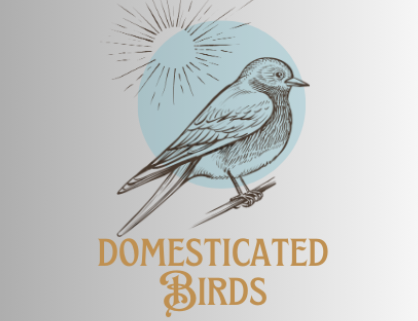
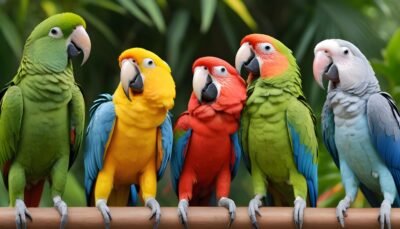
3 thoughts on “Chirps of Joy: 12 Talking Parrot Birds That’ll Steal Your Heart”